Live Review: Burd Ellen, Carusias Arise!, and Aeourth (5th October)
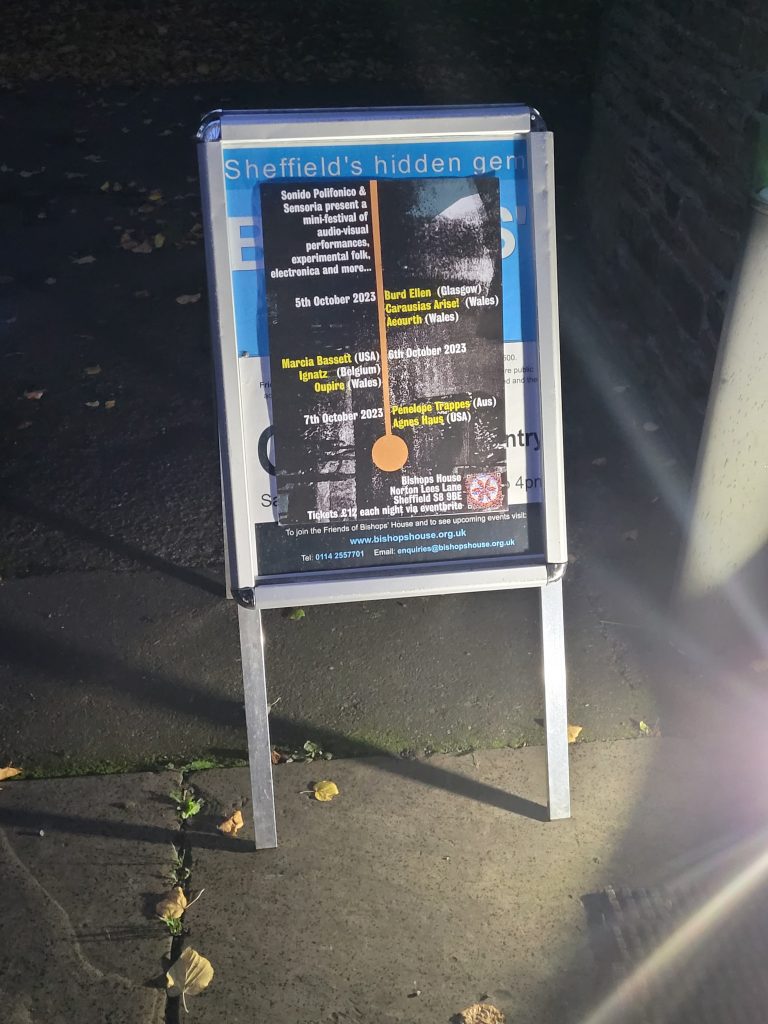
Bishops House Recently we got a chance to revisit Bishops House for a gig. Bishops House is a venue close to heart as this where I got married last year. This was not the Bishops House I remembered though. True the building is still intact, the old wood looking regal under the dark sky, but […]
Swift Wings and Lost Stones – Live Gig Review

University of Sheffield Drama Studio on 13 November 2022 Enable US Project https://performancevenues.group.shef.ac.uk/about-us/enable-us/ We had the pleasure of attending an event which marks the shimmering of the air and the slipstream of the horror season as we move from the month of Halloween and into the one of even darker nights and exploding lights. With […]
The Story Song Scientists – Quantum Lyrics (review)
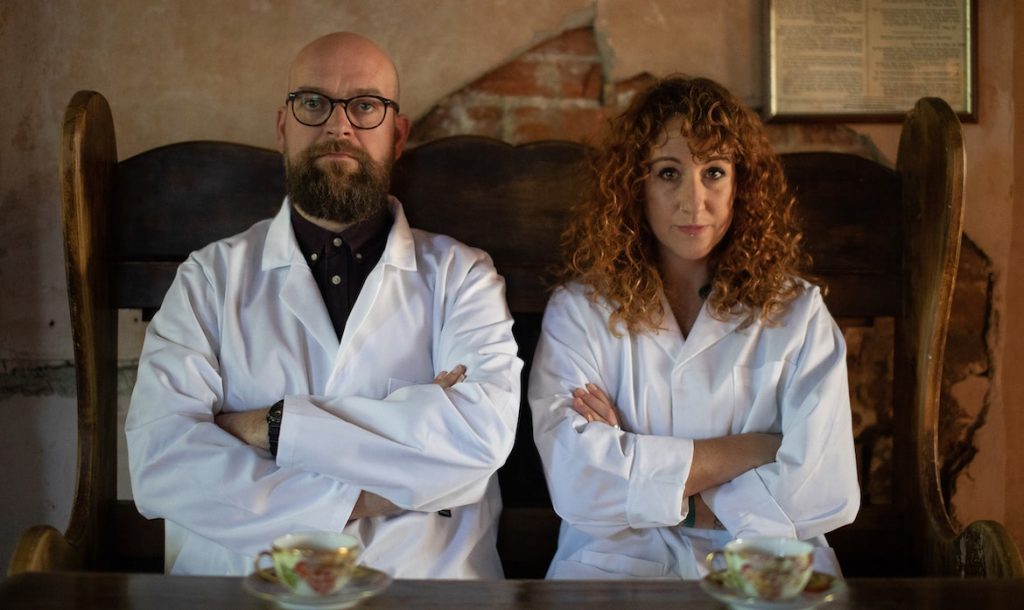
Released October 2021 Sit up, science is about to begin! For those who like to follow the Roud index as much as the Alper-Doger Index, an EP is out which looks at some incredible stories of science, celebrating them in the warm halo of Findlay Napier and Megan Henwood. The stylings of Glaswegian Napier and […]
Birds and Beasts – “Kozmik Disko” review
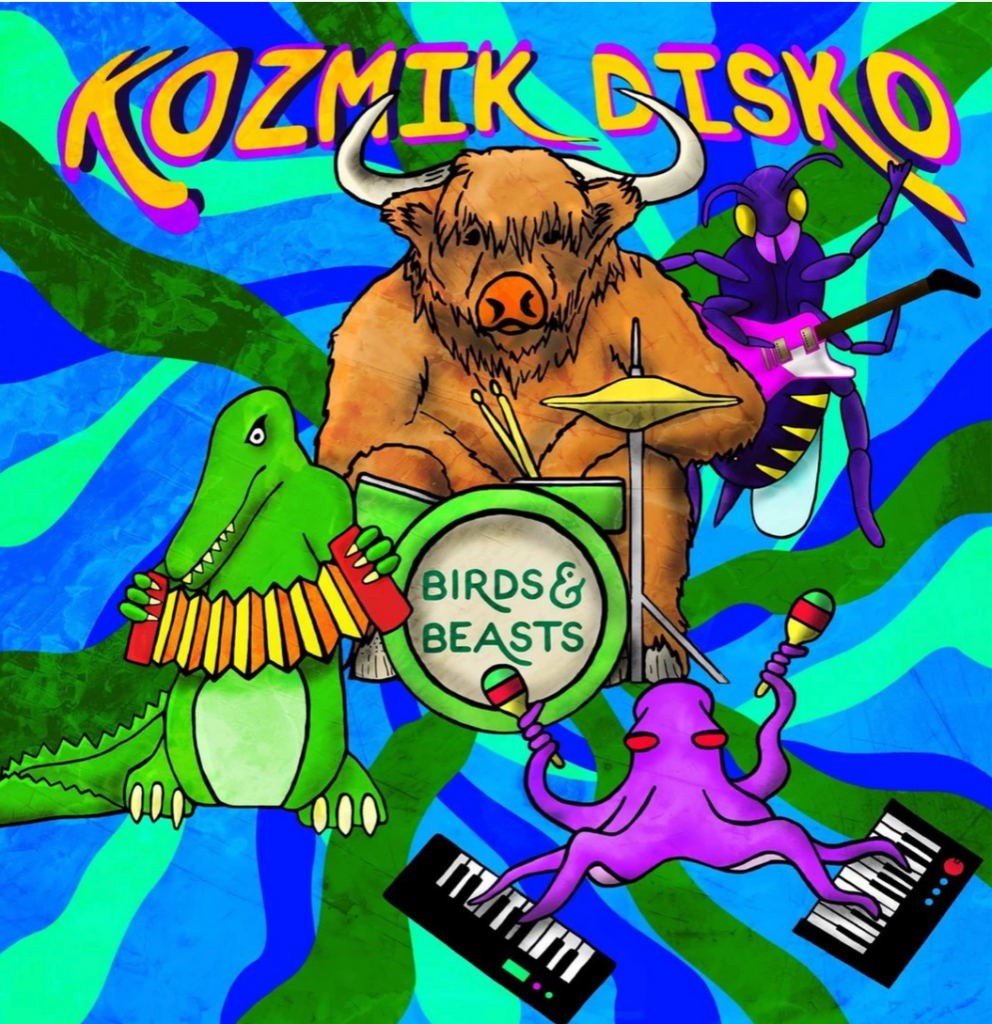
Like the thunderous hooves of an approaching stampede, Birds and Beasts’ second album is a groove-filled, thumping and purposeful sophomore album which puts it’s classic rock expertise to very good use. Album Launch Date: 23/10/21 If you have been living in a cave for the past few years, then chances are, (without you realising) you […]
Soonchild: A Theatre Review at the Montgomery Theatre 27.10.19

INTRODUCTION Bursting on to the Sheffield theatre scene comes “Soonchild”, a play from the Red Earth Theatre Company which is adapted from a book by Russell Hoban. It is a story of the environment and the value within it, as a whole it is based on Inuit mythology. Red Earth is an organisation based in […]
Geoff Lakeman at Village Folk – 17th March 2018
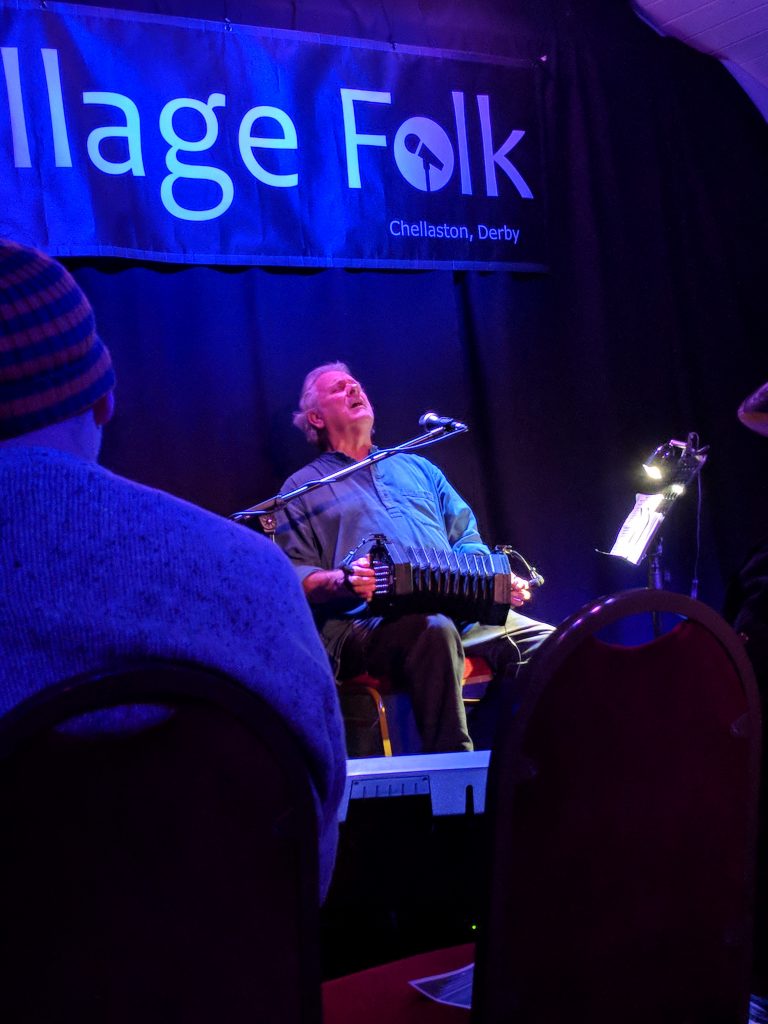
There is procrastination and procrastination. I mean I have thought about painting the walls in my office a beautiful forest green for weeks (and haven’t managed yet) but sometimes people put off really big things, things that matter. In the world of music there are bands who take their sweet time between album releases. For example Daft […]
Kathryn Roberts & Sean Lakeman – Personae (2018) Album Review

“Sharp, witty and accomplished there is a class to Roberts & Lakeman’s new album that cannot be measured on any known scientific apparatus” Album: Personae Producer: Sean Lakeman Tracks: 10 Iscream Music Records (2018) Released 9th March 2018 Kathryn Roberts & Sean Lakeman are indeed a famous duo. Maybe the best known in folk circles […]
Derby Folk Festival – A Roundup – October 2017

Hi everyone. Quite a bit of time has passed since my last festival post and as the cold sets in to it’s fullest we have snow as far as the eye can see (well it is here). Before the hot rays return I wanted to bring you a roundup of some of the things that […]
The Transports – 2017 – 27th Jan – Buxton Opera House
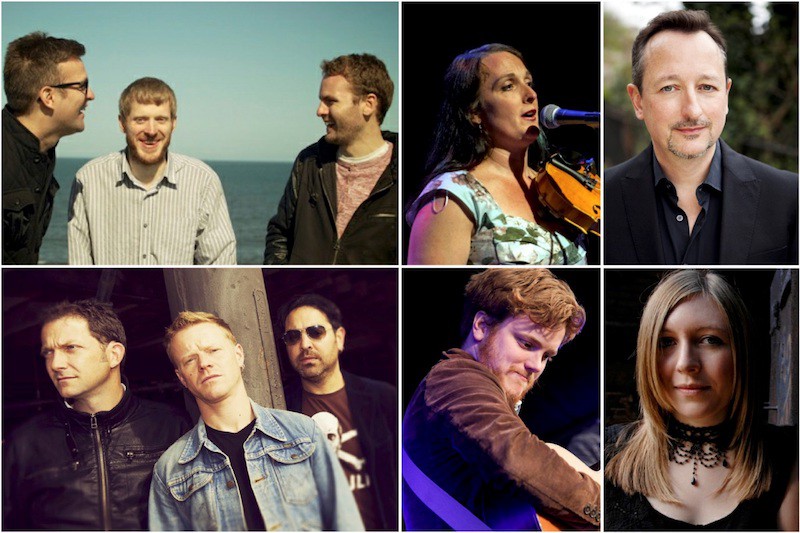
A hallmark example of a revival done well, “The Transports” brings stalwarts of the folk world to tell affecting stories through song and history. Introduction Peter Bellamy’s folk ballad opera about migration, “The Transports” is back. Having it’s 40th Anniversary it does not so much ask the crowd to continue dancing, but rather teaches a […]
Adverse Camber- Fire in the North Sky at The Crucible Studio, Sheffield 11/10/16
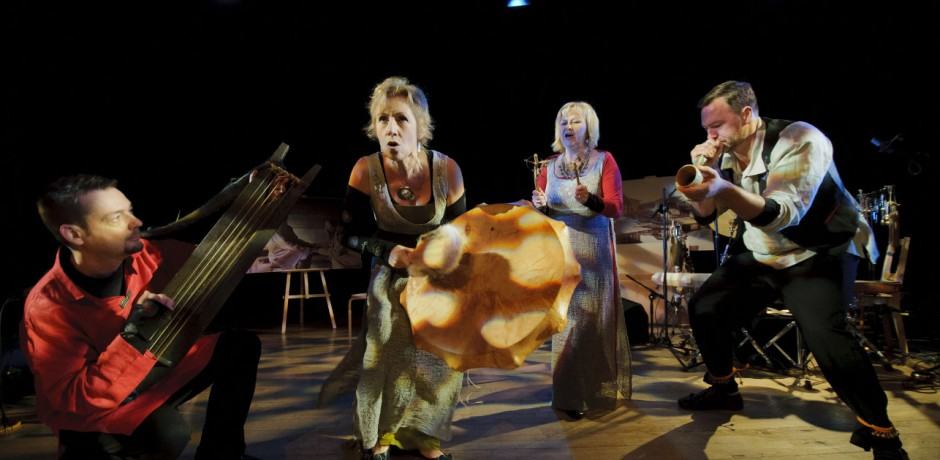
For one night only the Studio space of the Crucible was turned into a a kaleidoscope of story, wonder and history with a combined storytelling and musical performance of “Fire in the North Sky” by Adverse Camber. There were birds, bears, men forging with gold and silver, and other incredible creations told and performed from […]